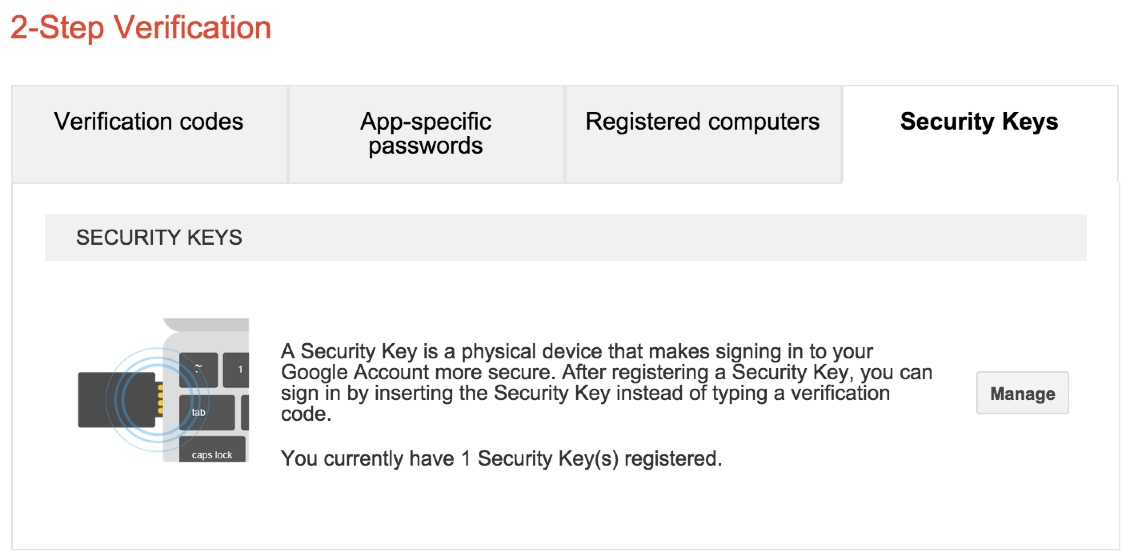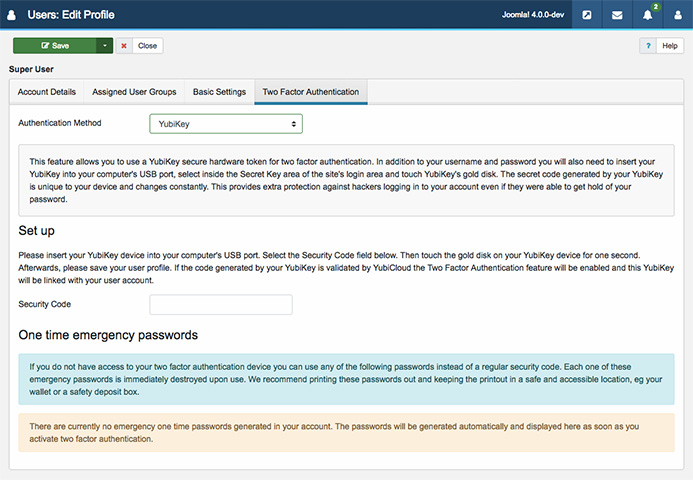

YubiKey is phishing-resistant and compatible with multiple authentication standards such as WebAuthn/ FIDO2 and, of course, OTP – therefore, it’s a feasible option for many legacy systems as well as the newer ones. Be it Salesforce, GitHub, or even Windows, YubiKey can be registered with a plethora of solutions to ensure your information is always protected against cyberattacks. Additional information pertaining to MFA impact, auto-enablement, and enforcement can be found in this help article.Īs a physical device you connect to either your laptop, phone, or tablet, YubiKey adds an additional security layer for systems and applications you use either in your day-to-day job or in your private life. While in an ideal scenario all Salesforce orgs out there have MFA already enabled, this most likely isn’t the case – if you haven’t already gone through setting up MFA, make sure you check out the notes from the Multi-Factor Authentication (MFA) Enforcement Roadmap. Physical security keys (such as Yubico’s YubiKey, which we will explore below)Īs mentioned above, Salesforce is gradually auto-enabling and enforcing MFA.An authenticator built in your computer (like Touch ID).A third-party authenticator app (such as Google Authenticator).For the latter, Salesforce currently supports the following options:

The idea behind MFA is for the user to prove their identity when logging in to Salesforce by using two different factors: something they know (usually the password), and something they have (such as a mobile app or a physical key). The first example that comes to my mind is online credit card payments that have to be approved within the mobile application. While the chances are that you are already familiar with MFA Salesforce, even if you’re not, this is something that the majority of industries and products have been using for quite some time. Understand Salesforce Multi-Factor Authentication (MFA) How to Prepare for Salesforce Multi-Factor Authentication


 0 kommentar(er)
0 kommentar(er)
